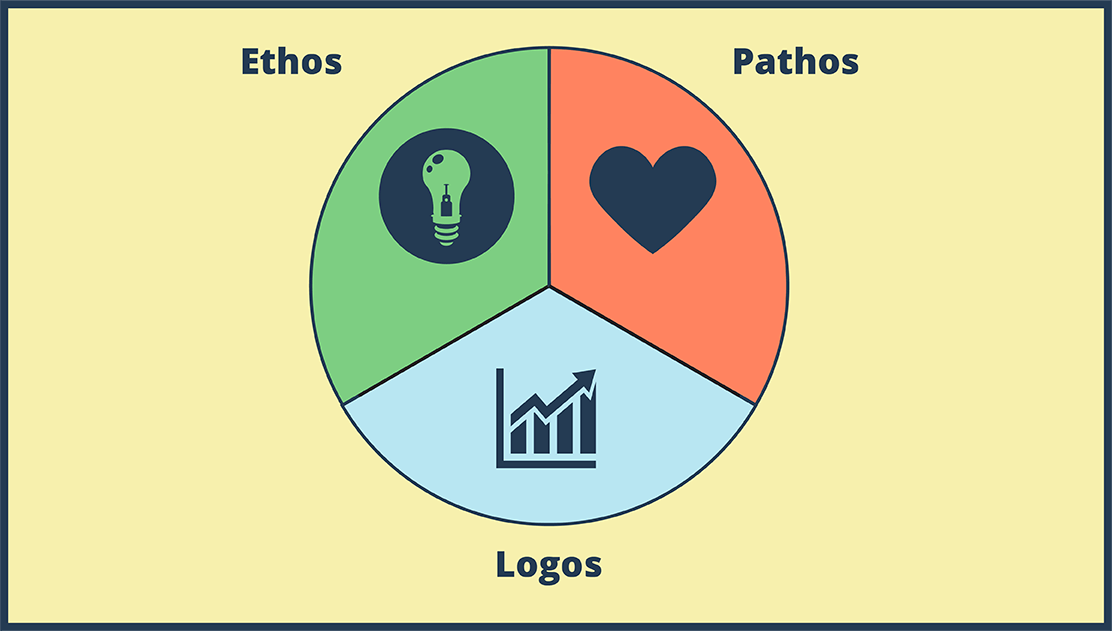How to Use a Protractor

Akkor ezt storyboard a következő cikkekben és források:

Diagram egy Folyamat
Óratervek: Anna Warfield
Az utasítások és folyamatok sokkal könnyebben érthetők, ha vizuálisan is kísérik őket. Amikor forgatókönyvet készítünk egy folyamatról vagy szekvenciális diagramot készítünk, akkor a különálló lépésekre, az ok-okozatra, valamint a sorrendre összpontosíthatunk.

Storyboard That Használata az Ön Matematikai Osztályában
Vizuális Segédeszközök a Modern Osztályteremhez
Storyboard That segítségével egyszerűen beépítheti a vizuális tanulást a matematikaórába, és a tartalmat a tanulóira szabhatja. A könnyen testreszabható sablonok segítségével biztosíthatja, hogy a tanulóknak adott munkalapok megfeleljenek a tanulóknak ott, ahol vannak, és kihívást jelent a még folyamatban lévő fogalmaknak.
'
Nézze meg néhány más oktatási cikkünket!
Storyboard Leírás
How to Use a protractor graphic organizer - diagram a process
Storyboard Szöveg
- Maybe I can help.
- GAH! Math is so stupid! It doesn't make any sense!
- This protractor thing is impossible!
- I will show you how to use it. Well, step 1...
-
- Make sure the protractor is not backwards! It makes life so much easier if you can read the numbers.
- Before we measure, tell me if this is an acute, right, or obtuse angle.
- It IS acute, so that means it measures less than 90 degrees. We already know the answer is between 0 and 90 degrees!
- The line doesn't reach the numbers!
- Acute?
- There are two parts of the protractor to help you get the angle in the right place: 1) an upside-down T at the bottom middle 2) the base line (0 degrees or 180 degrees)
- We want to place the protractor on top of the angle so the middle of the T is at the vertex.
- Acute angle! 40 degrees! Take that MATH!
- Rotate the protractor so the vertex of the angle is still at the T, but one leg of the angle is lined up with the 0 degree line.
- That's OK. Don't you remember that definition about angles? Two RAYS with the same endpoint? Rays go on forever, so we can just extend the legs of the angle.
- The legs of the angle are extended, so we just need to read the numbers. Our options are 140 degrees or 40 degrees. Which is it?
Több mint 30 millió storyboard készült
Nincs Letöltés, Nincs Hitelkártya és Nincs Szükség Bejelentkezésre a Kipróbáláshoz!




